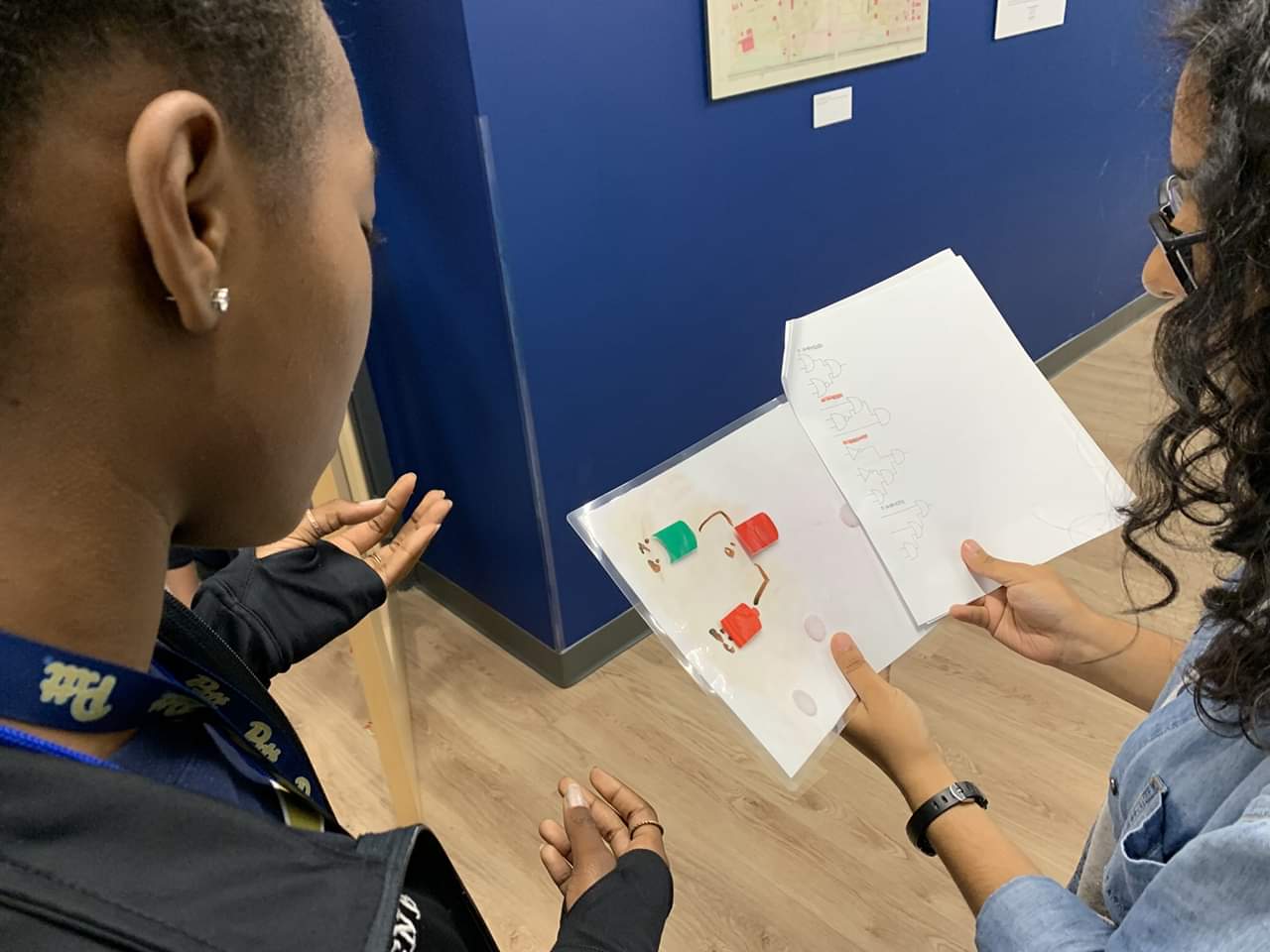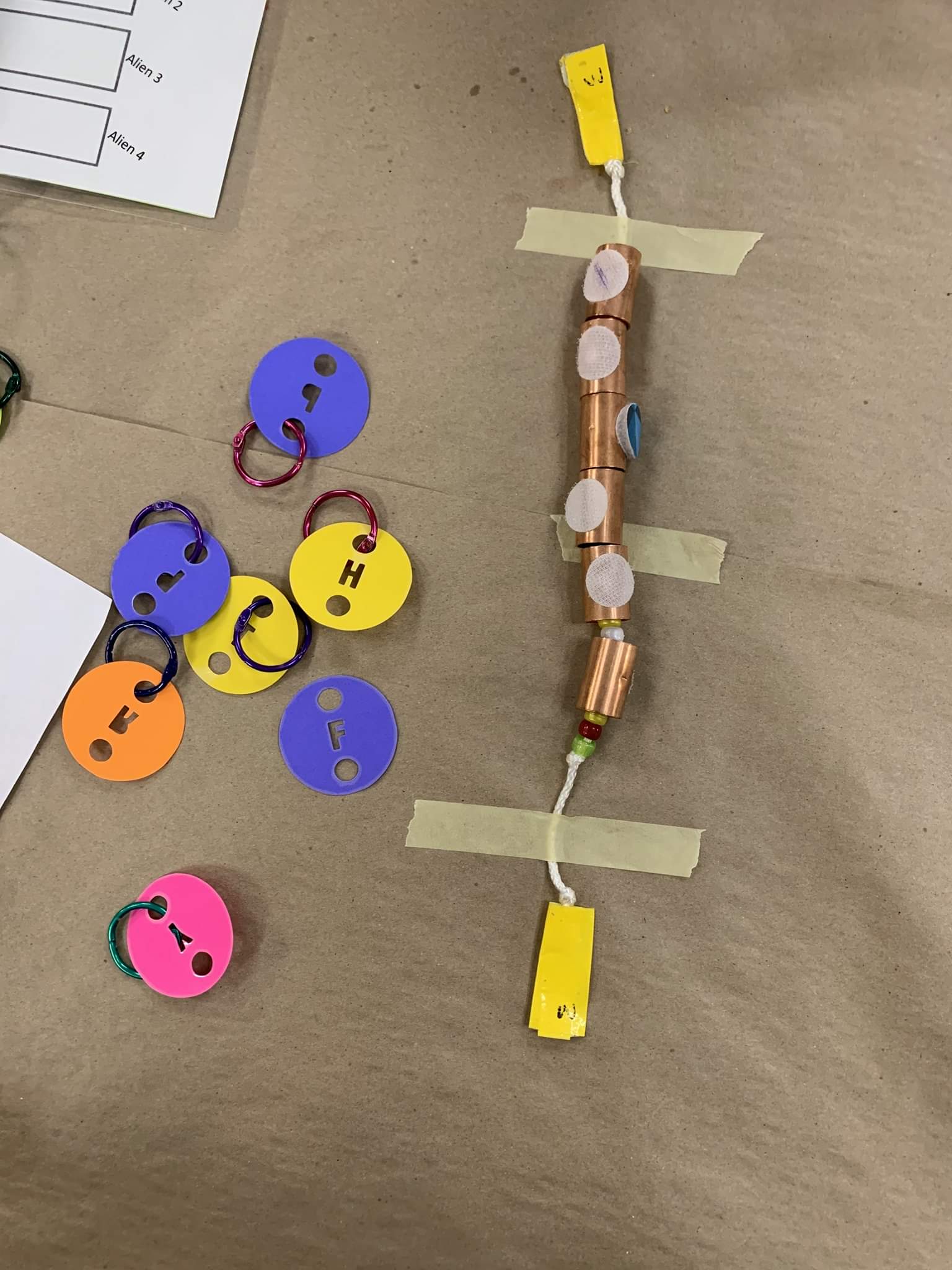Public Engagement
Professor Juel Smith, the Education Manager at Camp BioE has always advocated for equal opportunity for students to learn the same material, regardless of age or background. We therefore created games for our module at Camp BioE in order to make learning these difficult concepts as engaging and accessible as possible. Not only did these students have fun competing against their classmates, they also were able to demonstrate mastery of complex topics related to synthetic biology.
Boolean Blackout

The first part of our module consisted of teaching the students about Boolean Logic. Unless students actively take computer science classes in high school or middle school, this topic is rarely taught, and we thought it essential to understanding the experimental design of synthetic biology research.
This game allowed us to emphasize the connection between engineering principles and biological principles in synthetic biology research. We began by introducing the students to the concept of logic gates (AND, OR, NOT, etc.). In order to get these students to connect with the material, we challenged them to come up with real-life examples of these gates.
After the students had a preliminary understanding of Boolean Logic, we allowed the students to compete against one another. We presented the students with a Boolean algebraic expression and challenged them to build a circuit out of the information given. Each student received a point for getting the circuit correct, and the top three fastest students gained extra points. As the rounds went on, the expressions got increasingly complex until students were able to successfully solve three-level circuits.
Dogma Database


The second half of our module consisted of teaching students about the basics of transcription, translation, and levels of gene regulation. These concepts are incredibly important in the understanding of synthetic biology. Without grasping the fundamental principles of this system, synthetic biologists would not be able to manipulate existing biological systems. The second half of our module started out with teaching the students about the core concepts of the Central Dogma of DNA.
In order to allow better understanding of these concepts, we made analogies to making a recipe and transcription/translation. Transcription consisted of copying the recipe and translation was making the food. Every step in between can be modified, which is analogous to each level of gene regulation in the Central Dogma of DNA. Our game, Dogma Database, challenged students to find the suspect to a crime by comparing the SDS-PAGE of an unknown protein sample to a marker protein in different alien suspects. In order to obtain the relative sizes of the proteins, students had to go through each level of gene expression and regulation.
The beads on the string represented the DNA sequence and we provided a "codon chart" in order to translate the DNA sequence to the protein sequence. The copper pipe pieces represented histones, with each velcro part representing an acetyl group. As students underwent the steps of transcription and translation, they had to make post-transcriptional modifications (mRNA splicing), and post-translational modifications (intein splicing) in order to determine the final size of their protein of interest.
Check out the rules of the game here!
